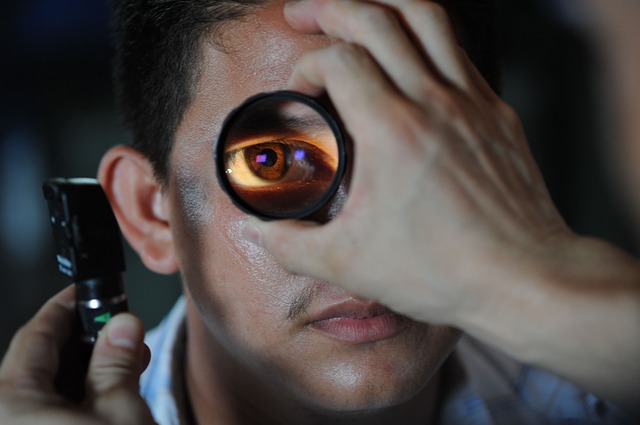Early diagnosis is one of the keys to successful treatment of eye cancer.
The New York Eye Cancer Center has some of the most advanced diagnostic tools and techniques available. These include high frequency and hi-resolution ultrasound imaging for tumors on, in, and behind the eye. We use high definition digital photography, and OCT imaging. In December 2015, NYECC became the first clinic in the United States to use the state-of-art OCT2 imaging machine in a clinical setting.
But all the technology in the world won’t help if patients never come in for an examination.
Eyelid, conjunctival, and corneal tumors are the easiest for patients to recognize. However intraocular and orbital tumors behind the eye are more difficult. Most patients with choroidal melanoma have no symptoms at all. These tumors are found by routine eye examinations, which highlight the need for everyone to periodically see their general ophthalmologist.
When symptoms do occur, it is crucial to know the signs and symptoms of eye cancers.
- Flashes of light.
- Squiggly lines, or floating objects.
- Dark spot(s) on the iris.
- Dark areas on the conjunctiva – the white of the eye.
- Bulging or swelling of the eye or eyelid.
- Pain in or around the eye.
- Loss of eyelashes
- Changes in the shape or size of the pupil.
- White pupil.
- Misdirection of the eye.
- Excessive tearing or blood in the tears.
In children, a white spot can appear in the pupil known as“leukocoria.” This is best seen when light shines into the eye and is a common sign of retinoblastoma. This often shows up in flash photography.
Of course, these symptoms don’t necessarily mean you have eye cancer, but if you notice any of them, you should visit your eye doctor as soon as possible.
Remember that eye cancer often develops with no symptoms at all. This is why annual eye exams are crucial.
By knowing the signs and symptoms, getting regular eye exams, and acting quickly if any abnormalities appear, you can drastically increase your chances of catching eye cancer in its early stages.
Early, accurate diagnosis and prompt treatment can save both your vision and your life.
In the meantime, Dr. Finger says, “Think of Sunglasses as Sunblock for your Eyes.” Tm










